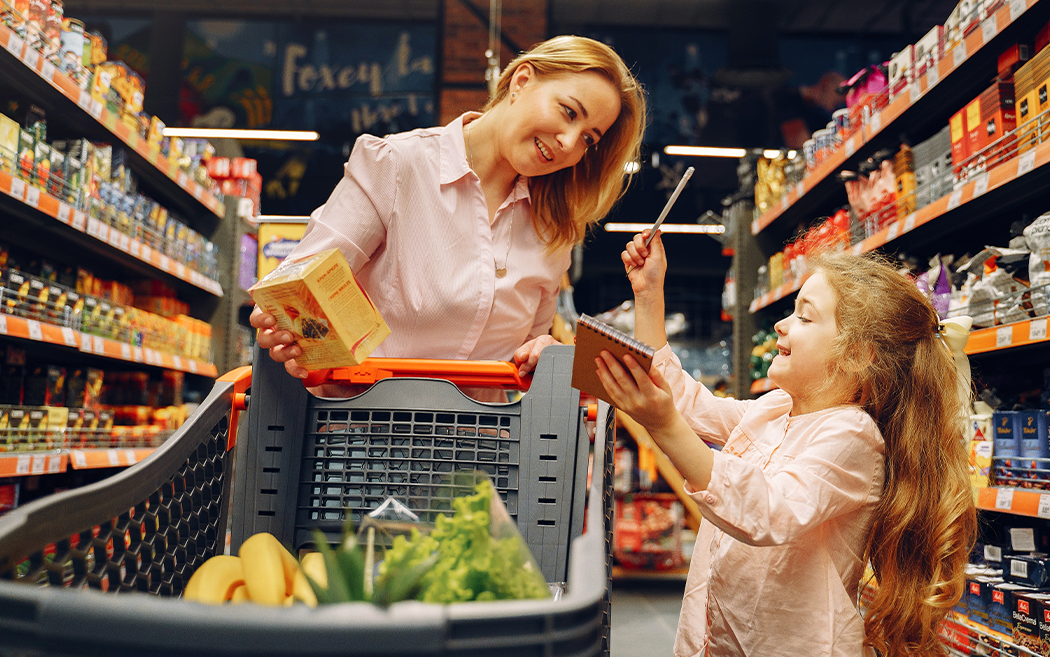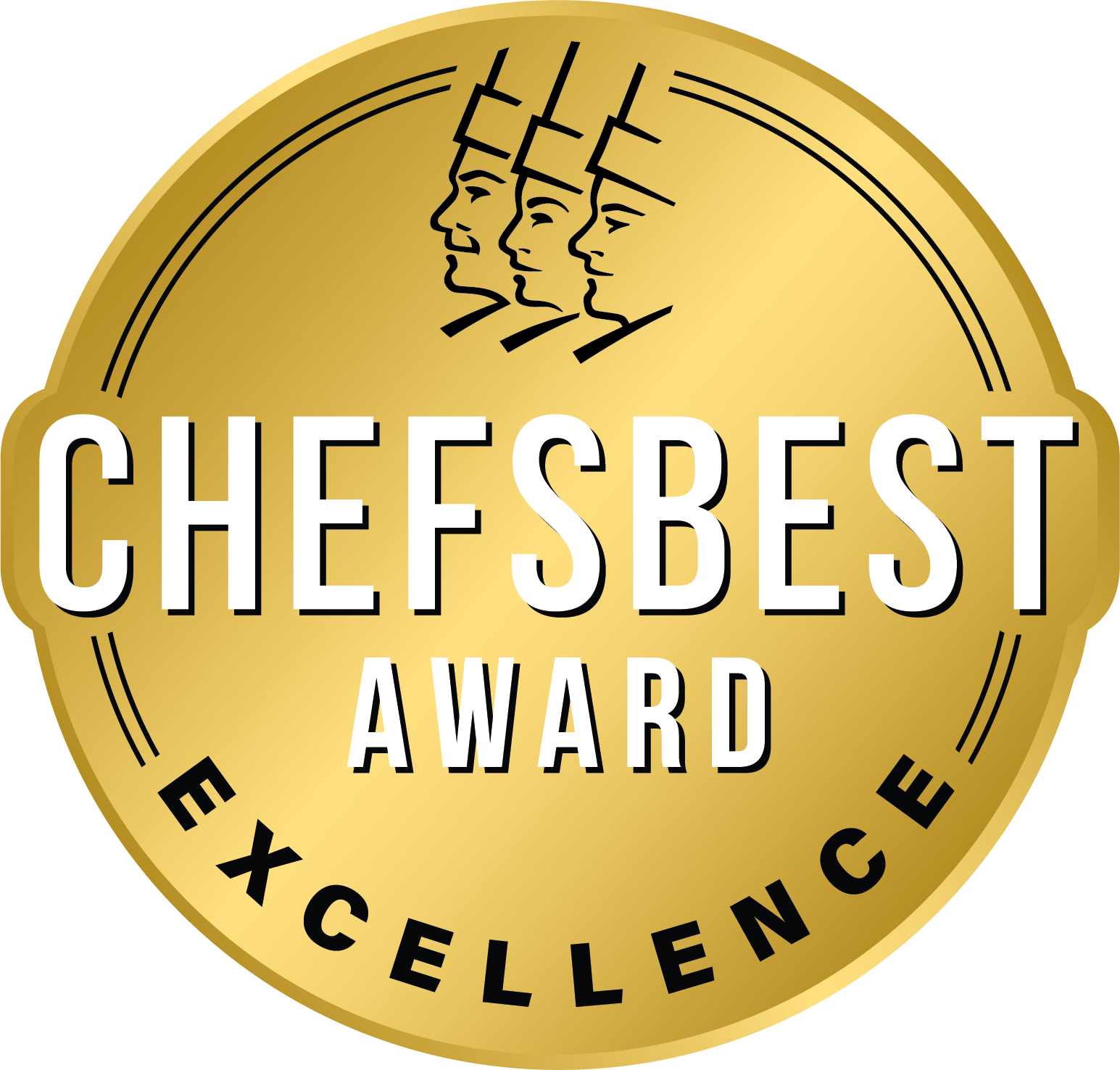Food & Beverage CPG Brands: Standing Out in Competitive Categories

CPG marketing for competitive products must stand out both in-store and online to match modern consumer buying habits.
Pandemic-era shopping habits had many food & beverage CPG brands scrambling to enhance their digital presence for the online shopping boom. Today, as many consumers return to physical stores, standing out both virtually and in-store is non-negotiable. And for products in competitive markets, standing out in both channels is even more important.
Even before 2020, CPG marketing for competitive products has always required a bit of creativity. In-store shelves are packed with competing brands and e-commerce sites give consumers access to hundreds of different options. While consumers today are generally more informed and willing to research products before purchasing, that first impression is still a pivotal touch point.
That being the case, efficiently communicating unique features across multiple sales channels is essential. Whether the unique features are about sustainability, nutritional value, or taste-related, that message must be substantiated in order to make an impactful first impression that may lead to a purchase.
Why Standing Out In-Store and Virtually Is Pivotal
While the shifting consumer habits of the last few years have given food & beverage CPG brands a serious case of whiplash, it’s also been a massive learning opportunity. And one of the main takeaways is that there are elements of both in-store and virtual shopping that consumers want to utilize. So much so, that consumers today are often using multiple retail channels within the same buying journey.
This practice allows them to find the exact product they want, at the best price, and in the most convenient way possible. Depending on a number of factors, that might lead to a digital or in-store purchase. While consumers still value the convenience and safety of online channels, the real-life shopping experience has features that consumers still desire. It allows them to touch or sometimes try a product, ask questions of sales associates, and they can usually purchase the product immediately.
Perhaps the most important thing to take away from this is that, regardless of whether a purchase is made online or in-store, both channels are essential. While sales numbers between the two may fluctuate, consumers are often using both before making a purchase. McKinsey stated, “the in-store customer, going forward, will be someone who is hitting all the different channels and touchpoints that a brand or retailer has.”
Focus on Product Differentiation
For competitive markets like beverages and nutrition bars, standing out both virtually and in-store is a challenge —but, the first step is to make sure you’re emphasizing what makes a product different from its competitors. For example, that might mean using recycled materials for packaging, using high-quality ingredients, or it could be related to taste.
Whatever the case, any ad claims must be substantiated in order for them to be effective. Remember, consumers may be looking at multiple channels before purchasing a product. So, if a brand makes a specific ad claim, consumers will expect to see information somewhere that verifies it. Specific details and stats are often helpful in this regard, but substantiating taste-related claims can be difficult.
Saying a product is “great tasting” doesn’t provide the necessary context to be an effective selling point. In addition, unsubstantiated ad claims open brands up to legal risks. Third-party food evaluations, however, help brands mediate that legal risk and help consumers see the merit in such claims.
Food and beverage marketing, in particular, can benefit from third-party testing, such as quality food awards. In addition, if such an award is earned, it’s important to display it clearly across all digital channels, in-store marketing materials, and product packaging. Not only will this help substantiate taste-related advertising claims, but it will also reinforce the idea that a product has something its competition doesn’t.
Catch Consumer Attention With Interesting Packaging
A packaging refresh is a routine part of food & beverage CPG marketing. In the past, revamping a product’s packaging was an important strategy when it came to visually standing out on shelves. While that’s definitely still the case, being able to display high-quality images on various digital channels means that packaging is important both in-store and online.
The general consensus is that brands should prepare for a packaging refresh every five years. However, certain circumstances, like an increase in competition or changing consumer values, can prompt a brand to rethink its packaging ahead of that schedule. While design features can go in and out of fashion every few years, new packaging should always align with consumer values, convey unique product features, and it should display any quality food awards.
For example, displaying food awards like the ChefsBest Excellence Award is a symbolic image that helps reinforce the taste and quality messaging a food or beverage brand is communicating. Plus, a symbol like that conveys an important product feature without taking up a lot of space on the label. And to get even more out of food awards, brands can use the consumer’s omnichannel traffic as an opportunity to elaborate on the result of a quality food award.
Want insight from an expert in the industry? Tune in to Why Innovation is Key in the Seltzer Category. In this episode of our podcast, Beyond the Shelf, Nate Medow & Zeke Bronfman of SESH share their journey of making a low-calorie, low-carb, naturally flavored, diabetic-friendly hard seltzer with robust flavor profiles. The duo explained how they saw a void in the highly saturated hard seltzer market and sought to create a line of beverages inspired by classic cocktails while appealing to health-conscious shoppers.
To stay up-to-date with trends and news in the food & beverage industry, follow us on social media: Facebook, Twitter, Instagram, and LinkedIn – and check out more of our blogs.
